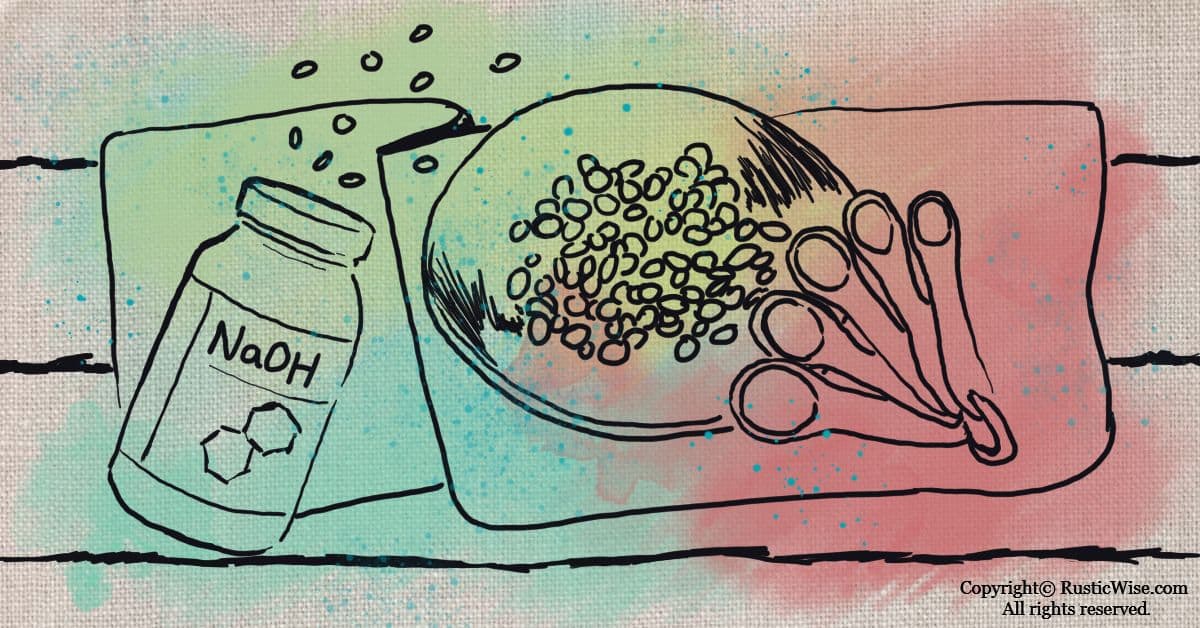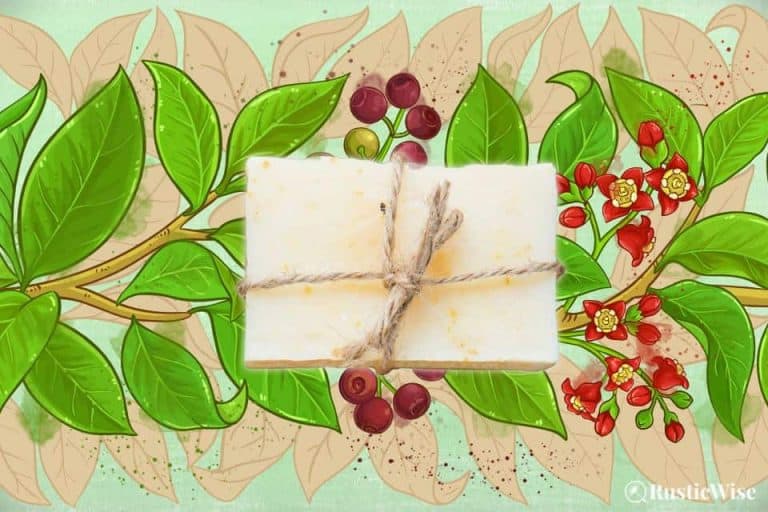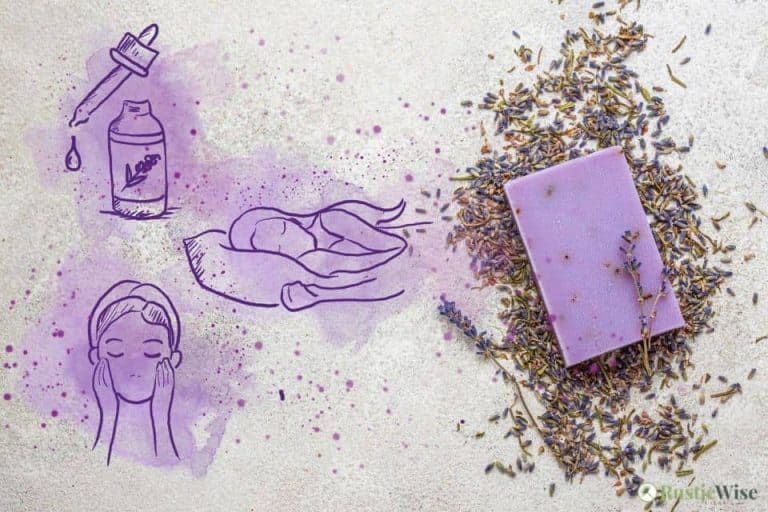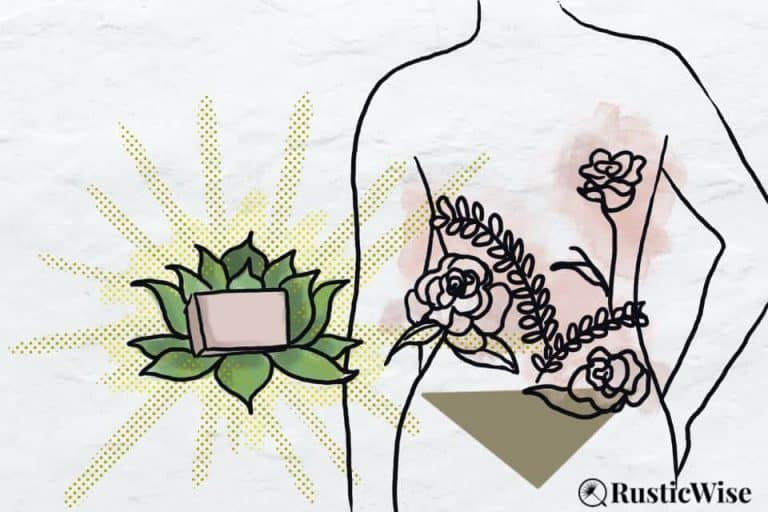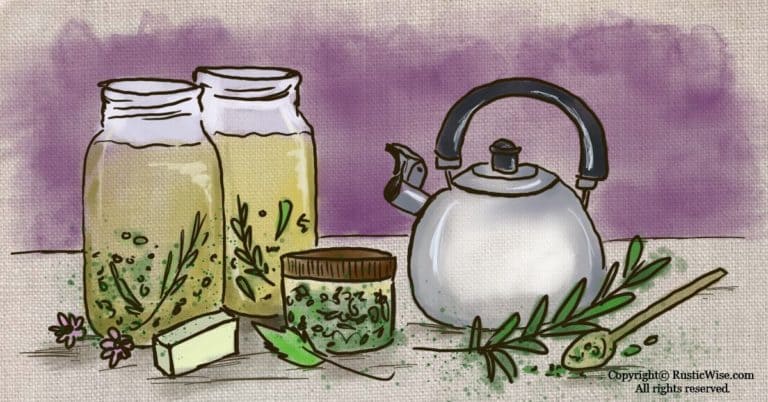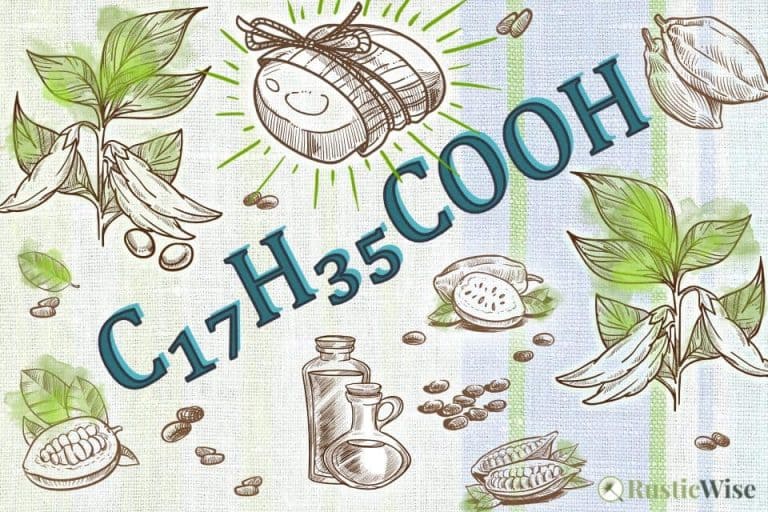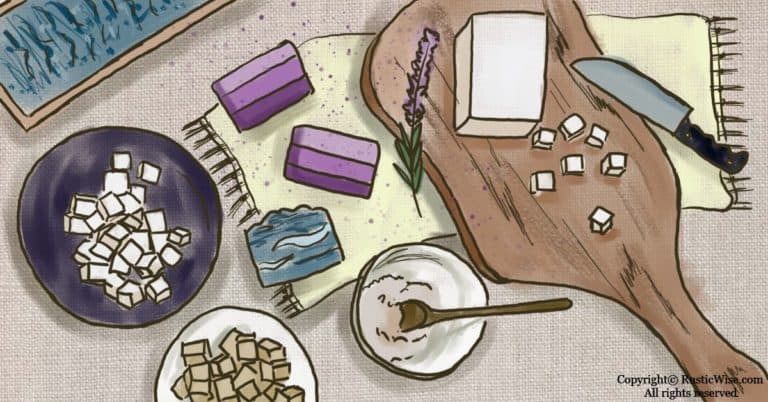The Shelf Life Of Sodium Hydroxide Pellets (AKA Lye)
Sodium hydroxide (NaOH), more commonly called lye, caustic soda, or soda lye, is used to make many household products. This includes soap, aluminum, drain and oven cleaners, rayon, and many paper and petroleum products. The shelf life of sodium hydroxide pellets is up to 3 years from the manufacturing date; however it’s best used within 1 year.
Sodium hydroxide is an alkaline compound that’s highly reactive to water. It comes in many forms including pellets, flakes, beads, powder, and solid bars. You’ll also find sodium hydroxide solutions which typically are comprised of 50 percent distilled water.
Since lye is highly corrosive and can cause skin and eye irritation, it’s important to take the appropriate safety precautions when handling, and protect skin, eyes, and the respiratory system.
Let’s take a closer look at sodium hydroxide, including how to properly store it.
What exactly is lye (sodium hydroxide)?
One of the most common household uses for sodium hydroxide is for DIY soapmaking. So if you’re looking into the shelf life of sodium hydroxide pellets, flakes, or beads, you’re probably interested in making soap. Am I right??!
Many people are interested in making their own soap, which inevitably requires the use of lye. However, when they hear about lye and its corrosive properties, they back off.
Here’s a brief description of lye from the U.S. Centers for Disease Control and Prevention (CDC):
“Sodium hydroxide (NaOH) is an odorless, white crystalline solid that absorbs moisture from the air. Sodium hydroxide is very corrosive. It can cause irritation to the eyes, skin, and mucous membrane; an allergic reaction; eye and skin burns; and temporary loss of hair.”
Yes, lye is highly corrosive. Yes, you can get injured if you don’t take the right precautions. And yes, you need lye to make soap.
While the thought of handling lye is intimidating at first, don’t let that discourage you from making homemade soap. Once soap is created, the lye is completely harmless to you.
To make soap, you need some type of oil/fat and water—two substances that don’t naturally mix. This is where lye comes in. When you add lye to water (not the other way around), it helps combine the water and oil in a chemical process called saponification.
Voilà, you have soap!
So where do you buy sodium hydroxide?
You can buy sodium hydroxide appropriate for soapmaking online. Food-grade lyes cost slightly more, however, you have the added benefit of being able to safely use them for your food projects such as removing skins from tomatoes, or other fruits and vegetables for canning.
Check out our post, Where To Buy Sodium Hydroxide for Soapmaking.
Did you know…purchasing lye is currently restricted in California and Puerto Rico.
What’s the shelf life of sodium hydroxide pellets?
So, you have a batch of NaOH either in pellet, flake, bead, or powder form. Unfortunately, sodium hydroxide doesn’t last forever.
While the quality and purity of lye may vary by manufacturer, according to Chemtrade, the shelf life of sodium hydroxide pellets is up to 3 years from date of manufacture. However, it’s best used within 1 year.
Does sodium hydroxide lose potency over time? Yes. Lye pellets, flakes, or beads tend to “cake” beyond a year.
If you have a large batch of lye that’s over a year old you purchased for soapmaking, it’s recommended that you test it out by creating a small batch first.
Sodium hydroxide solution
Sodium hydroxide solutions (often a 50 percent solution mixed with distilled water) experience chemical degradation much more quickly than dried forms.
The shelf life of a sodium hydroxide solution is roughly 30 days when properly stored in a dark, cool place.
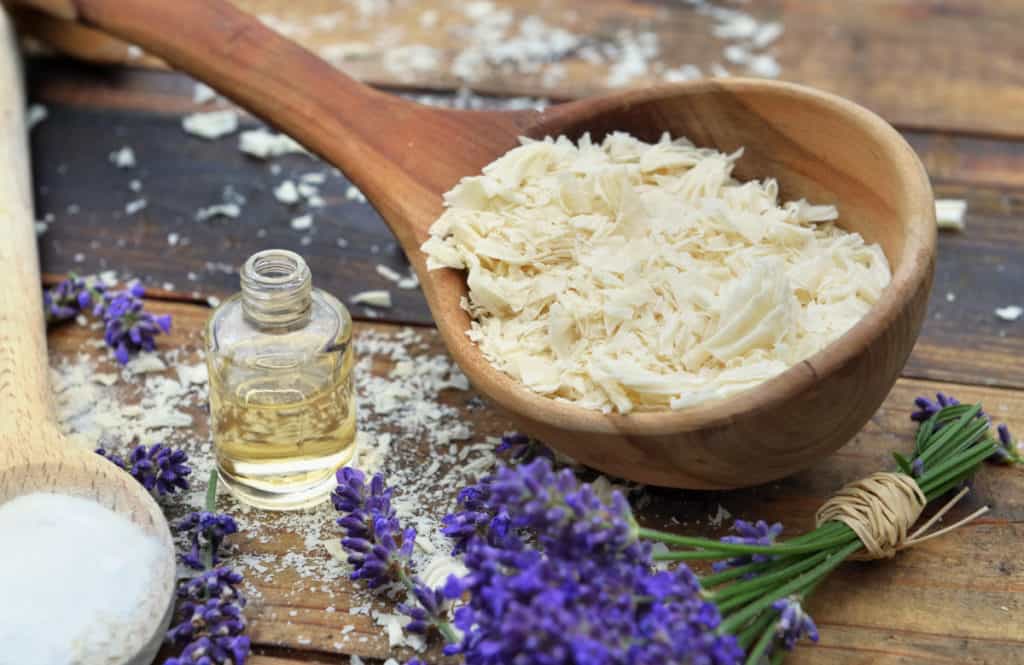
How to store sodium hydroxide
Most types of sodium hydroxide come in high-density polyethylene (HDPE) plastic containers. Some come in a poly-lined bag in a plastic container. To properly store lye, ensure the container is air-tight.
Here are somesodium hydroxide storage tips according to the University of Alabama at Birmingham:
- Store in a cool, dry, and well-ventilated area.
- Ensure the container is properly sealed and air-tight when not using. This is crucial for proper storage as NaOH absorbs any moisture which leads to degradation. Sodium hydroxide is a deliquescent which means it dissolves when exposed to air.
- Keep the sodium hydroxide in its original container. This ensures it’s properly labelled with the appropriate safety warnings.
- Keep locked away in a safe location where children and pets can’t access it. Lye is a highly poisonous substance.
- Keep away from direct sunlight, or extreme temperatures (hot or cold).
- Keep away from metals such as aluminum and magnesium as NaOH is corrosive. Glass containers are not recommended as NaOH is slightly corrosive to it.
- Avoid mixing with organic materials, acids, and food sugars.
- Periodically check the storage area for signs of corrosion.
- Don’t keep empty containers as it may contain residue of NaOH which may be hazardous.
Lye safety precautions
When handling lye, it’s important to work in a well-ventilated area, and protect yourself by wearing appropriate safety equipment: gloves, goggles, a protective lab coat, or other appropriate long-sleeved shirt, and a respirator mask.
Keep small children and pets away when working with lye.
Lye is highly caustic and can cause damage to skin, eyes, and eat through clothing. (You definitely don’t want to be wearing any nice clothing!)
Remember to always add lye to water, and not the other way around. If this is done in the wrong order, the liquid may bubble and spill over. When you add lye to water, it creates an exothermic reaction meaning it gets really hot, really fast! Because of this heat reaction, it’s best to use cooler temperature water. The addition of lye to water also releases fumes for the first minute or so.
What happens if you accidentally get lye on yourself, or if it’s ingested? Stay calm and take the following safety measures:
- Eyes: Flush eyes with clean water for a minimum of 15 minutes. Periodically lift the lower and upper eyelids. Get medical assistance immediately.
- Skin: You may experience a slight stinging or burning sensation if lye makes contact with your skin for a short period of time. Flush skin with clean water for at least 15 minutes. Immediately remove any contaminated clothing or outerwear. Wash soiled clothes before wearing again.
- Inhalation: Go outside and get fresh air immediately. Get medical assistance immediately if you have difficulty breathing.
- Ingestion: Don’t try to induce vomiting. Provide large quantities of milk or water. Get medical assistance immediately.
Is sodium hydroxide stable?
Yes, according to the Canadian Centre for Occupational Health and Safety (CCOHS), sodium hydroxide is considered chemically stable under proper storage conditions. However, as mentioned above, NaOH is highly reactive when mixed with water, metals, and acids.
New to making soap? 🧼❓
👉We have a fantastic overview on the whole soapmaking process here: read our Timeless Guide To Soapmaking.
If you would like to see our soapmaking posts organized by topic type, see our Soapmaking Collection.
Would you like more timeless tips via email?
Fun tips to help you live an independent, self-sustaining lifestyle. Opt-out at any time.


References:
- ChemicalSafetyFacts.org, Sodium Hydroxide, https://www.chemicalsafetyfacts.org/sodium-hydroxide/#safety-information. Accessed December 2020.
- U.S. Centers for Disease Control and Prevention (CDC), Sodium Hydroxide, https://www.cdc.gov/niosh/topics/sodium-hydroxide/default.html. Accessed December 2020.
- Chemtrade Logistics, Sodium Hydroxide Pellets – ACS, NF/FCC, Multi-Compendia, https://www.chemtradelogistics.com/wp-content/uploads/2020/10/PDS-Sodium_Hydroxide_Pellets_Product_Profile.pdf . Accessed December 2020.
- Journal of Drug Delivery & Therapeutics, The shelf life study of 0.1 M Sodium hydroxide volumetric solution at different condition for analytical purpose in Laboratory, http://jddtonline.info/index.php/jddt/article/view/3139#:~:text=The%20volumetric%20solution%20prepared%20in,a%20period%20of%2030%20days%20. Accessed December 2020.
- University of Alabama at Birmingham, Environmental Health and Safety, MSDS, Sodium Hydroxide Pellets, https://www.uab.edu/ehs/images/docs/haz/SH237_MSDS.pdf. Accessed December 2020.
- Canadian Centre for Occupational Health and Safety (CCOHS), Fact Sheets, Sodium Hydroxide, https://www.ccohs.ca/oshanswers/chemicals/chem_profiles/sodium_hydroxide.html. Accessed December 2020.

Author: Theresa Tesolin
Theresa is co-founder of RusticWise. She helps people unleash their inner DIY spirit by encouraging them to get dirty and make or grow something from scratch.

